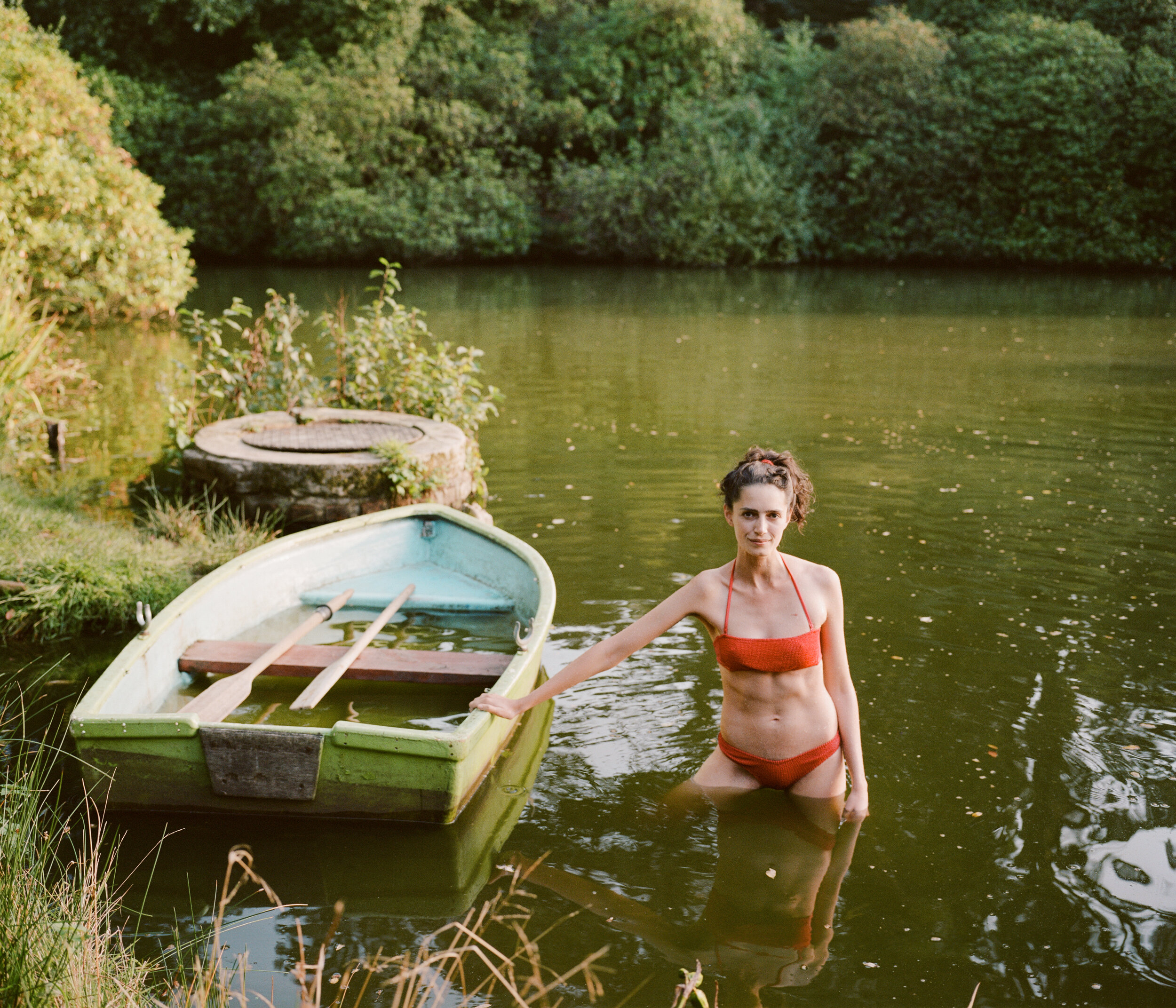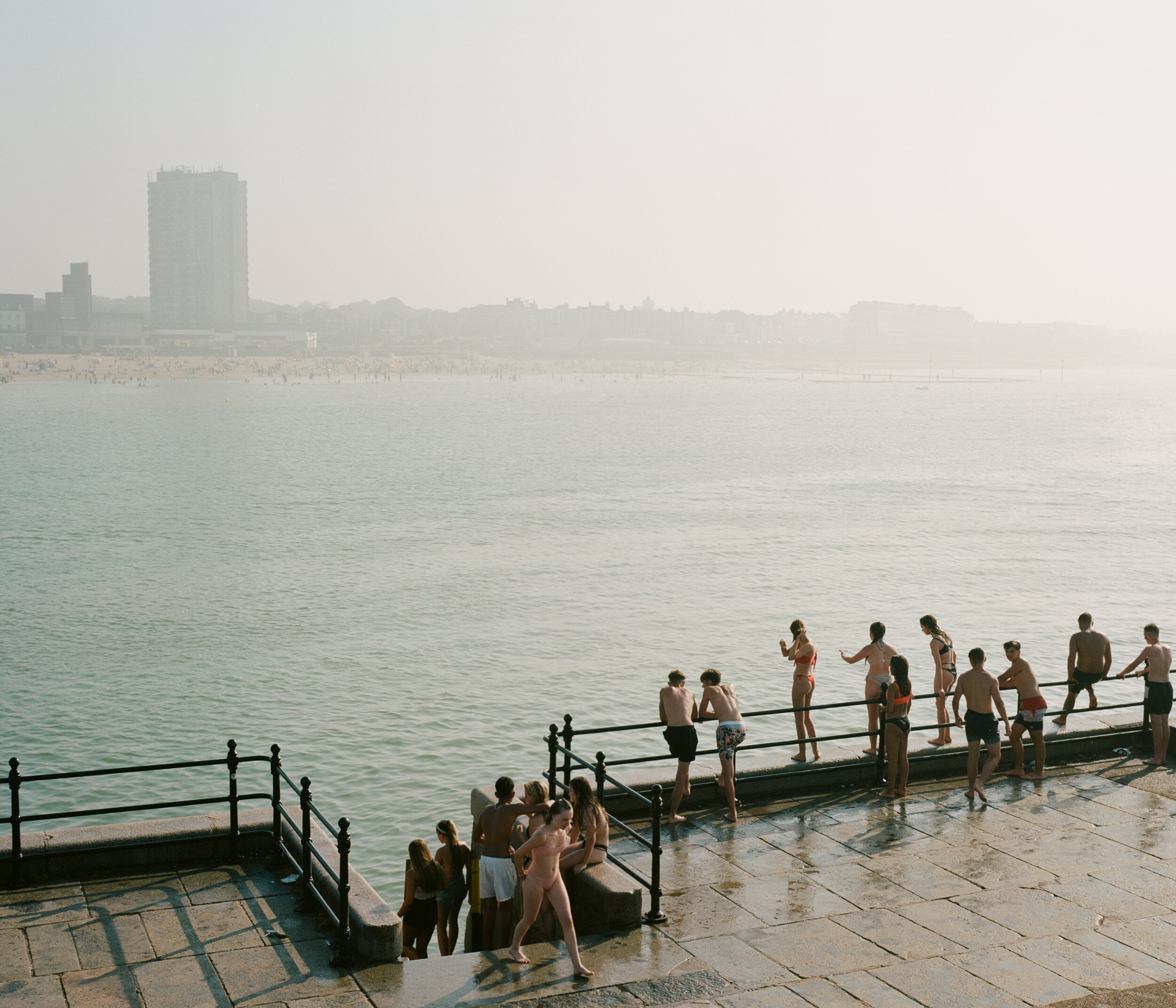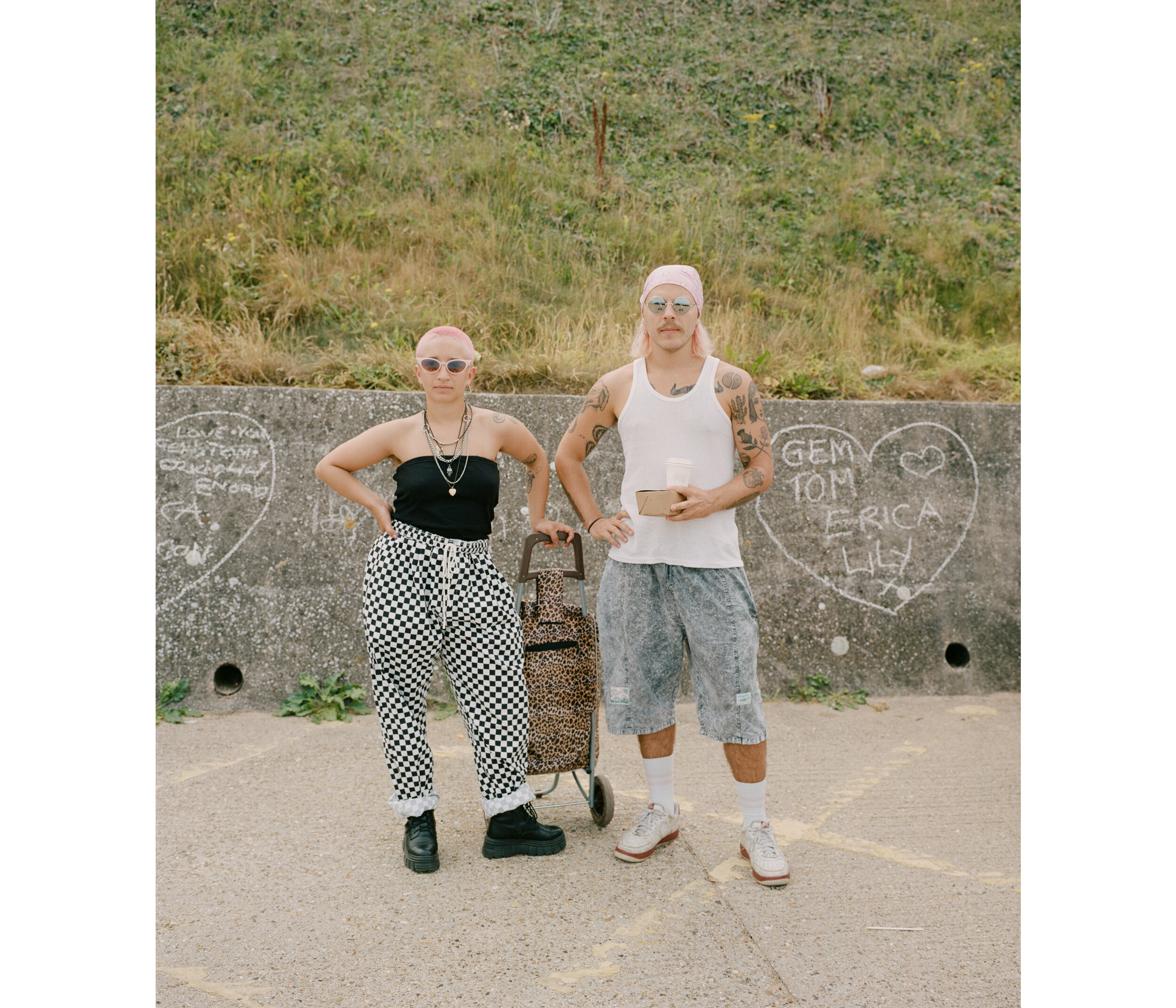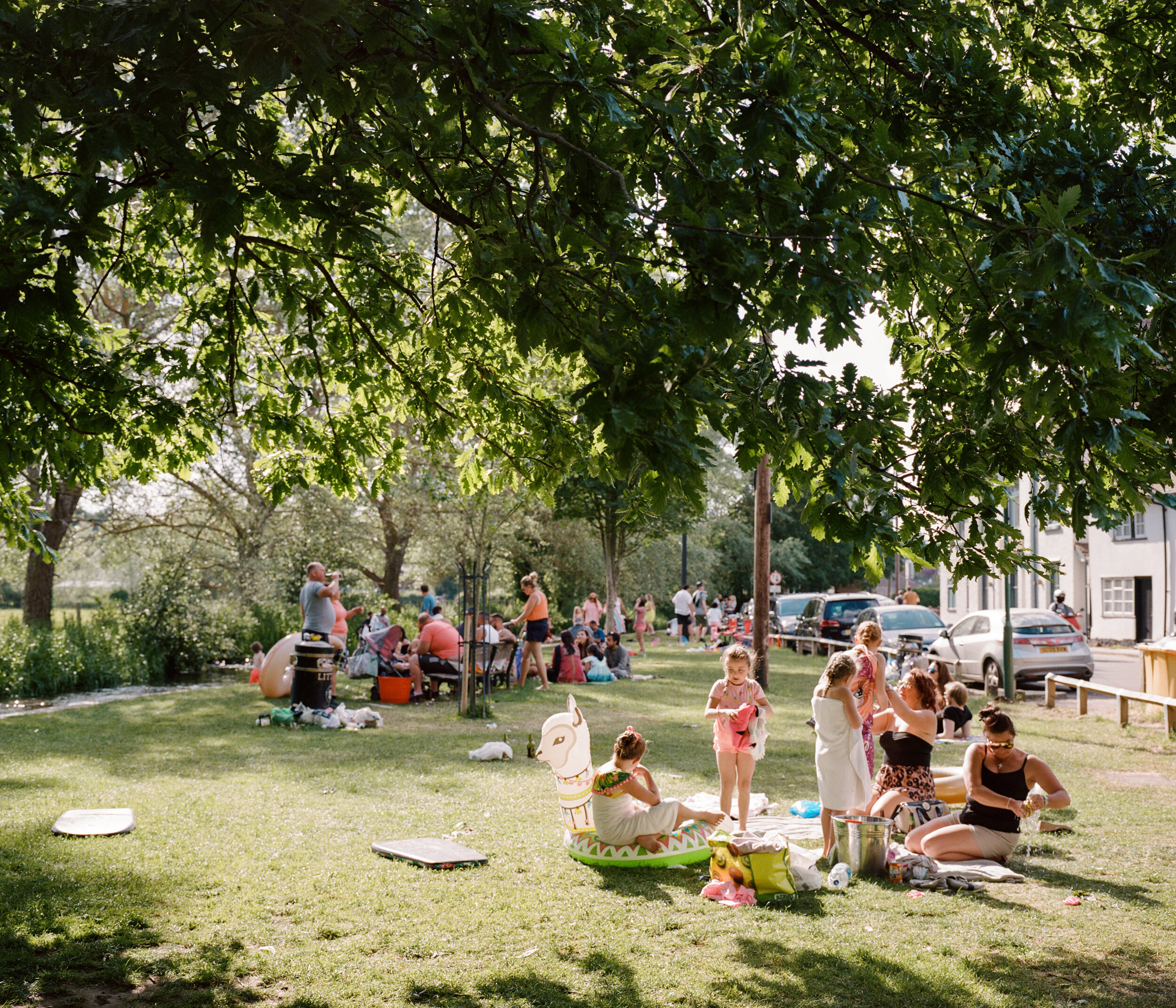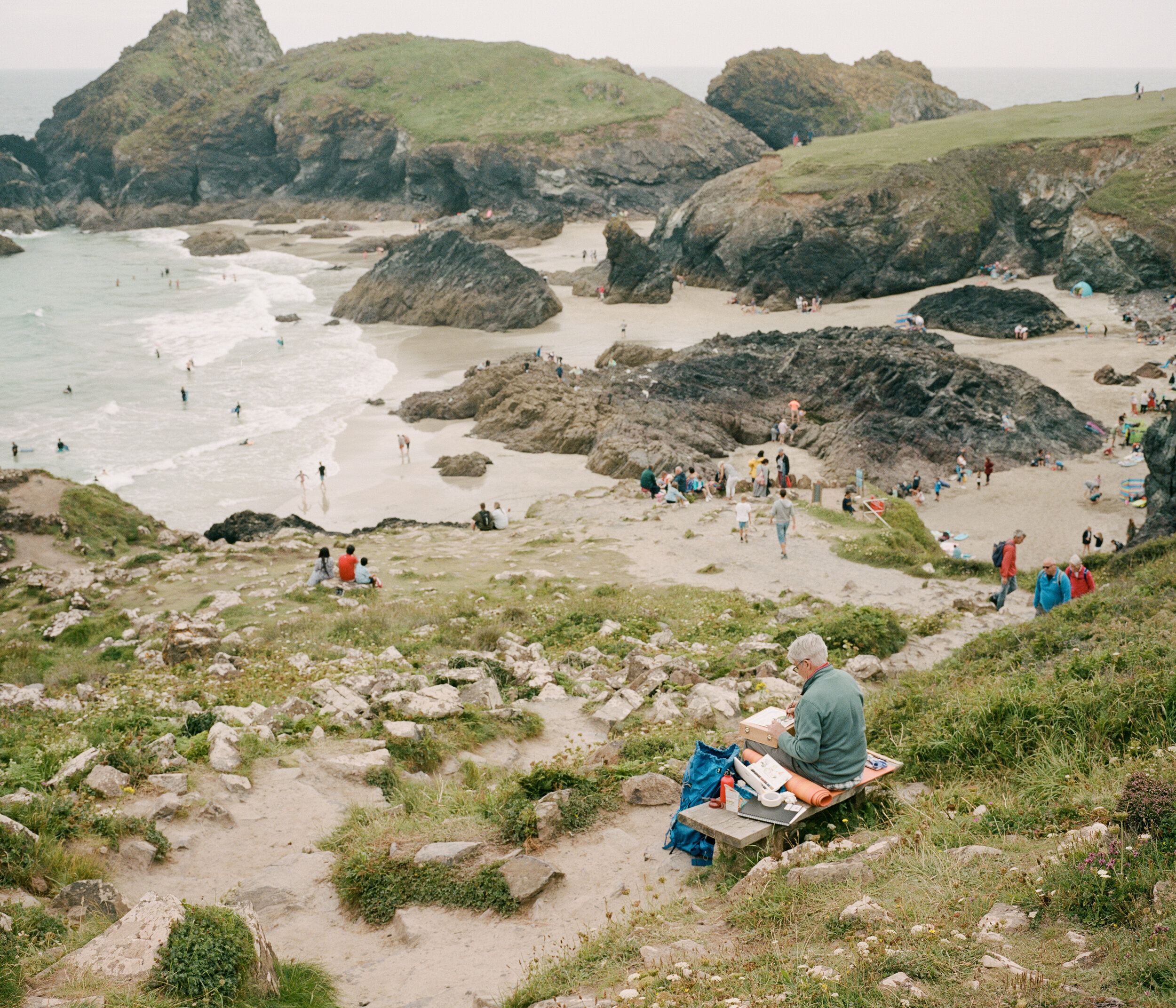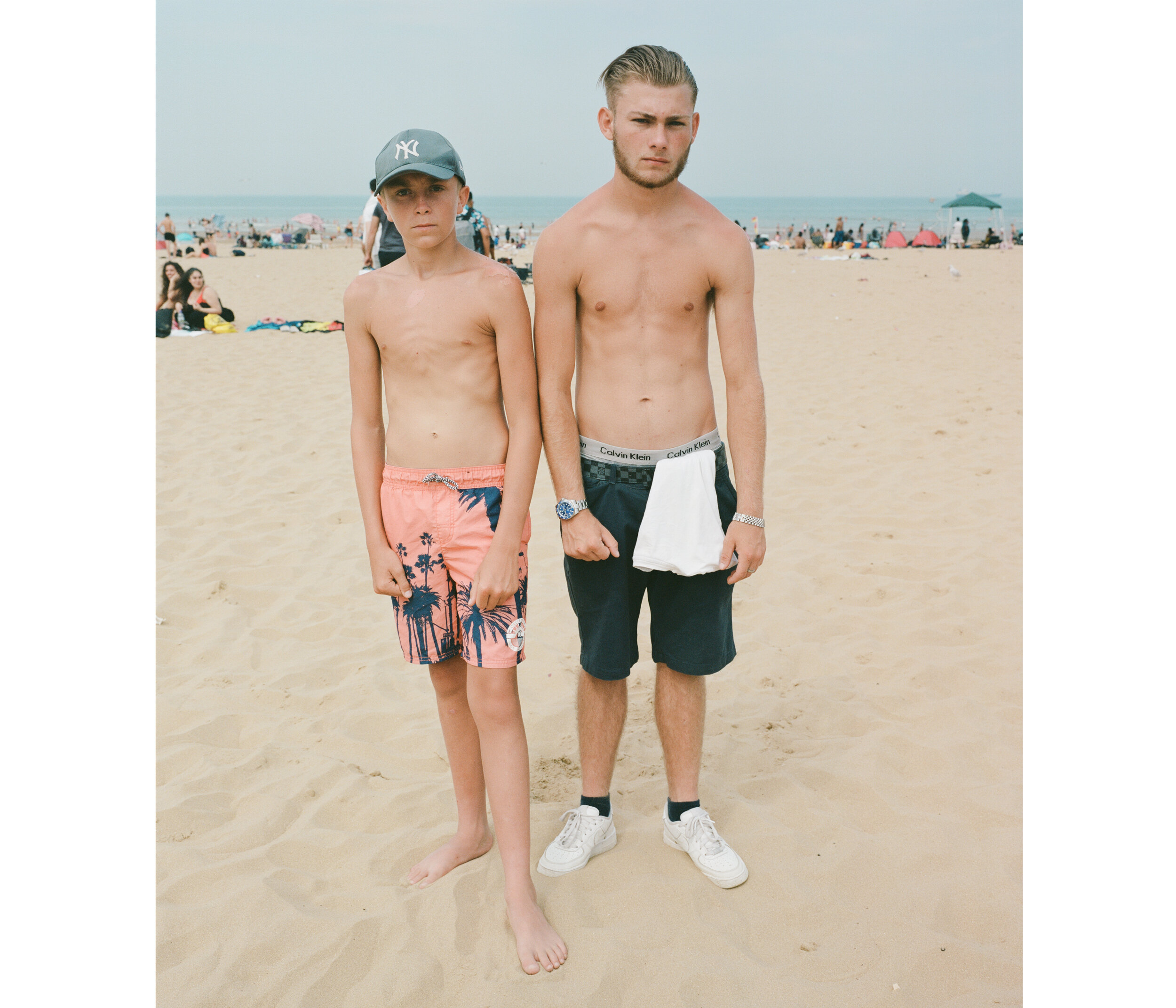Chanel Irvine is a London based documentary photographer, her personal work reflects the tension between preservation and change. With an eye for moments she deems timeless, her observations consistently focus on scenes that are reminiscent of older, simpler times which persist despite the advancements that otherwise transform the world we live in. As a result, her photographs accentuate the ‘ordinary’ - reasserting its importance as a photographic subject and highlighting the beauty that can constantly be rediscovered in the everyday.
Her stories often focus on livelihoods, environments and communities that are susceptible to change based on emerging trends, development demands and the technological progressions that inevitably accompany today’s increasingly modern society. Aware of the multitude of sustainability issues they face, she is particularly interested in the people and organisations who are working to make a positive environmental and social impact in their communities.
Another English Summer explores the summer of 2020, when England was emerging from the first Covid-19 national lockdown. Chanel documented her own travels throughout England, from Kent to Devon, Cornwall to Shropshire, drawn to the quintessential and the nostalgic; traditions, joys and sights seemingly unafeccted by the global pandemic.
“The warmer, unseasonably pleasant weather during the early lockdown months granted people the ability to enjoy long walks and rediscover the simple joys of a picnic or time spent in one’s garden. Then, when travel restrictions eased, Brits recognised the true value of a ‘staycation’, and all matter of adventures they could have without stepping foot on an airplane”.
Interview by Tom Skinner
TS: Before completing your MA in Photography, you studied Politics, Philosophy and Economics at the Australian National University, how has that education informed your approach to photography?
CI: I studied PPE because I was, and still am, incredibly passionate about people and interested in the different issues they face and combat – across all levels of society. I wanted to have an informed and balanced understanding of the socio-political, economic and philosophical forces that drive them. My degree has made me a meticulous researcher, and I believe stories are always paramount to visuals. Because of this, I always work to ensure my photographs honestly reflect the experiences and history of the people and places I photograph. To date, the best way I have found to do this is to talk to those I meet and who feature in my images, so that I can do the scene justice by capturing a genuine, lived experience within the frame. Of course, it is near impossible for a photographer not to impose any of his or her own perspective, feelings or interpretation onto an image... we do compose the shot after all. Because of this, I am hoping to focus my work on fewer, longer-term projects; granting me the ability to conduct far more research and develop a more in-depth understanding and relationship with those I photograph.
TS: Your work appears to draw on the rich history of documentary photography and riffs on the large format motifs pioneered by American colour photographers such as Joel Sternfeld and Alec Soth, where do you draw inspiration from?
CI: I certainly look to the pioneers of documentary photography (their names too many to list here), predominantly because I have an intense fascination with all things timeless, or reminiscent of older, simpler times. I think my eyes have become trained to look for scenes that are reflective of what Shirley Baker or Tom Wood might have photographed... scenes of a time gone-by, which, nevertheless, persist in a country so deeply protective of tradition, custom and identity as England. The large-format images of Simon Roberts have certainly inspired my photography as well. If, however, there is one photographer whose work I look to with the most admiration (and the hope that I might one day be able to achieve something similar), it would be Sheron Rupp, and the images in her book ‘Taken From Memory.’
TS: Another English Summer explores the time in England following the initial lockdown. With hindsight it feels a long time ago, and potentially a long time until the current lockdown ends. What were the conversations like with the people you met while making the project?
CI: I couldn’t agree with you more; I doubt any of us imagined that we’d soon return to a lockdown more indefinite and concerning than the first. During that summer, however, the people I photographed were all so elated by the small and seemingly-luxurious joys the summer months afforded them. I encountered a widespread, collective sense of gratitude, and whilst people referred to the lockdown months, they were all focused on what the ongoing pandemic didn’t take away from them. I believe these lockdowns - by restricting what we can do and taking away the ability to host customers in your store or café, to go to a friend’s house for a cup of tea, or travel to visit one’s parents – has instilled within the majority of us a heightened awareness of what we can still do. And so, when those summer months and freedom of travel finally arrived, people were overjoyed by rediscovered possibilities, and less-focused on the otherwise-disheartening restrictions.
TS: How has your view of the work you made during the summer changed, and what are your hopes for the future?
CI: Of course, now it seems like only a fleeting moment in time, as we have since retreated into yet another indefinite and broadly-discouraging lockdown. Perhaps, had I been more realistic about the fact that the joys of the summer months (and not just those dependent on the sunny weather) would inevitably be taken away again – the roadtrips, the daytrips, the picnics and re-opened pubs – I might have focused my questions on how people felt about returning to lockdown again. However, like my subjects, I was too blissfully distracted by our newfound sense of freedom to even imagine losing it again. In saying this, I think the photos adequately represent how the nation jumped to its feet with enthusiasm and optimism when it was within reach, and I don’t doubt it will again – whenever we eventually conquer this persistent and devastating virus. I have since taken a break from photographing life during the pandemic, I think I need to take a step away from it – maybe just to help shift my own focus away from the virus – and I am currently planning potential projects that I might be able to commence when this is all over...

